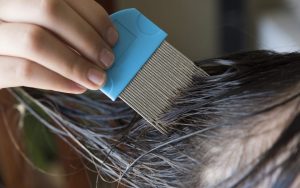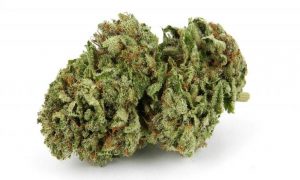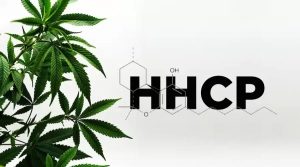Postpartum Hair Loss: Understanding Temporary Shedding and Managing It Effectively

The journey into motherhood is a profound and transformative experience, marked not only by the joy of welcoming a new life but also by a series of physical and hormonal changes. Among these changes, postpartum hair loss is a significant one experienced by many, scientifically known as telogen effluvium, emerges as a common phenomenon. To navigate this natural process with confidence and self-care, it’s essential to delve deeper into the intricacies of postpartum hair loss, its timeline, and comprehensive strategies for effective management.
The Postpartum Hair Loss Phenomenon:
Postpartum hair loss is a normal occurrence affecting many women after childbirth. During pregnancy, elevated hormone levels, particularly estrogen, contribute to the prolongation of the hair growth phase, resulting in thicker and healthier locks. However, the postpartum period brings a shift as hormone levels normalize, prompting the hair follicles to transition into the shedding phase. This transition leads to an increased rate of hair loss, often noticeable around three to six months after giving birth.
The Three- to Six-Month Timeline:
Understanding the timeline of postpartum hair loss is crucial for new mothers. The shedding typically becomes more pronounced around three to six months postpartum, aligning with the gradual return of hormone levels to their pre-pregnancy state. While this phase may be disconcerting, it’s important to recognize that postpartum hair loss is a temporary and natural process.
Effective Hair Loss Treatment:
Acknowledging postpartum hair loss as part of the body’s adjustment after childbirth, there are effective treatments to manage and minimize its impact. Consider incorporating the following strategies into your postpartum care routine:
Nutrient-Rich Diet: Prioritize a well-balanced, nutrient-rich diet to support overall hair health. Include a variety of foods rich in vitamins and minerals, such as fruits, vegetables, lean proteins, and whole grains.
Supplements: Consult with a healthcare professional about the potential benefits of supplements such as biotin, iron, and other vitamins that support hair health.
Gentle Hair Care Practices: Opt for loose hairstyles and gentle hair care practices. Use a wide-toothed comb to minimize stress on the hair, and avoid excessive heat styling.
Scalp Massage: Incorporate regular scalp massages to improve blood circulation and create a conducive environment for healthy hair growth.
Effective Hair Loss Treatment Products: Explore over-the-counter products designed to promote hair growth and reduce hair loss. Ingredients like minoxidil, an FDA-approved hair loss treatment, can be beneficial.
Embracing Self-Care:
Beyond external treatments, prioritizing self-care during the postpartum period is paramount. Embrace the changes in hair thickness and texture with a positive mindset, recognizing the body’s incredible ability to adapt. Take time for relaxation, maintain a healthy sleep routine, and seek support from loved ones, forming the foundation of effective postpartum care.
Conclusion:
Postpartum hair loss, while a temporary and natural occurrence, can be effectively managed with a holistic approach to self-care. Understanding the timeline of this shedding phase and incorporating effective treatments contribute to a positive postpartum experience. By embracing self-care practices and exploring effective hair loss treatment options, new mothers can navigate this transformative period with confidence and resilience.





